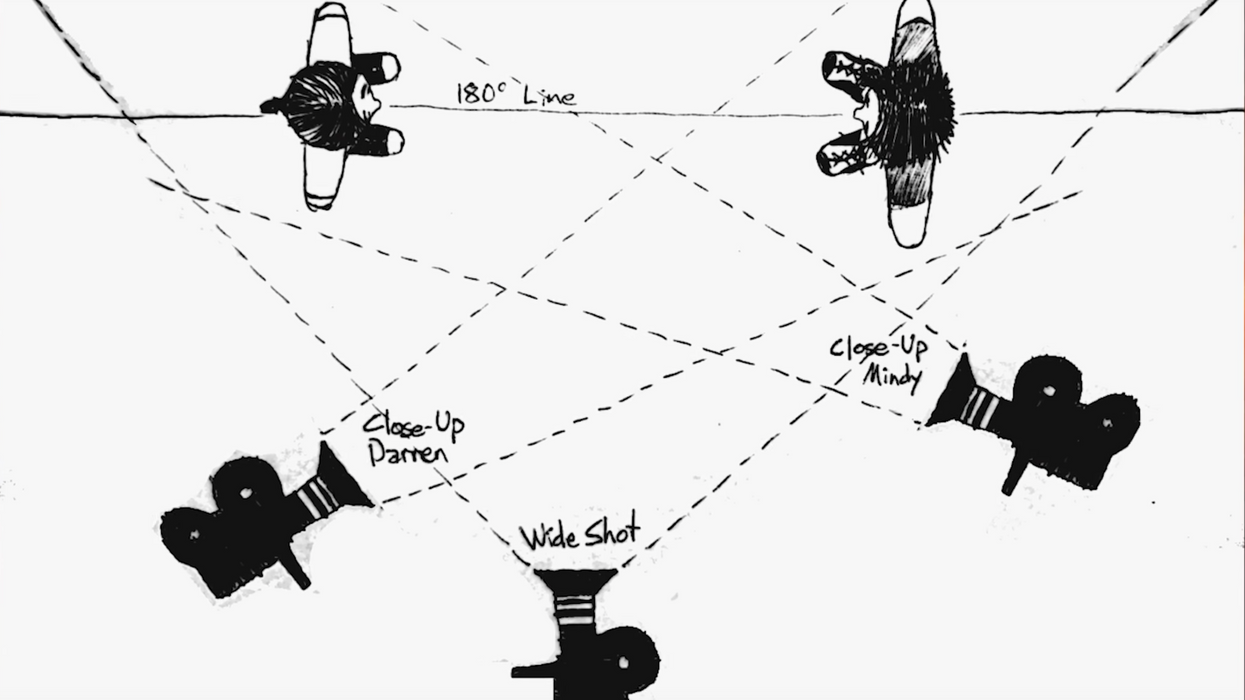How to Bypass 5 Common Composition Rules of Filmmaking
From neutral framing to the Rule of Thirds, filmmaking is full of compositional rules. Here's how to break 'em all.

Don't we all like to think of ourselves as creative cowboys and cowgirls. (Cowpeople? Nah, that's dumb.) We push the limits, take advantage of our freedom, and most of all, don't give two shits 'bout following the rules of no damn body. Here's the thing though, rules are pretty good. In filmmaking, rules like the Rule of Thirds and the 180-Degree Rule are achievable and repeatable standards that not only help to regulate the language of film but also help us to communicate as clearly as possible with our audiences.
But remember, we're creative cowpeople (whatever, I'm claiming it) and other than hearts, rules are our favorite things to break. So, in this video from Aputure, learn how to break five of the most common compositional rules in filmmaking and look good doing it.
I don't know if I was clear enough about rulebreaking earlier, so I'll reiterate: cinematic rules can and should be broken. I mean, they're not really "rules" at all, more like guidelines that help give you a strong foundational understanding of what the art of filmmaking is all about. In any case, there is a time to follow these "rules" and a time to break these "rules," and it's up to you as a filmmaker to decide when and where to do which.
Here are a few of the rules discussed in the video:
- Eye-level framing: Shooting at eye-level is a good way of communicating neutrality.
- Subject looks to opposite side of frame: This is important for providing plenty of "lead" room.
- The Rule of Thirds: Film Composition 10, right?
- Adequate headroom: Too little headroom = claustrophobic feel; too much headroom = subject has little to no power.
- The 180-Degree Rule: Breaking this one might lead to some confusion. Learn more about it here.
All of these "rules" can be broken, of course, but if you're going to do it, do it with some kind of purpose or intention behind it. Don't just start breaking rules because you're all, "Wild Wild West is my middle name." Give your rebellion some motivation and direction, it'll be much more powerful that way.
Source: Aputure










![Ethos, Pathos, Logos: 20 Effective Ways to Advertise [Infographic]](https://nofilmschool.com/media-library/ethos-pathos-logos-20-effective-ways-to-advertise-infographic.jpg?id=34064614&width=600&height=600&quality=90&coordinates=560%2C0%2C0%2C0)

